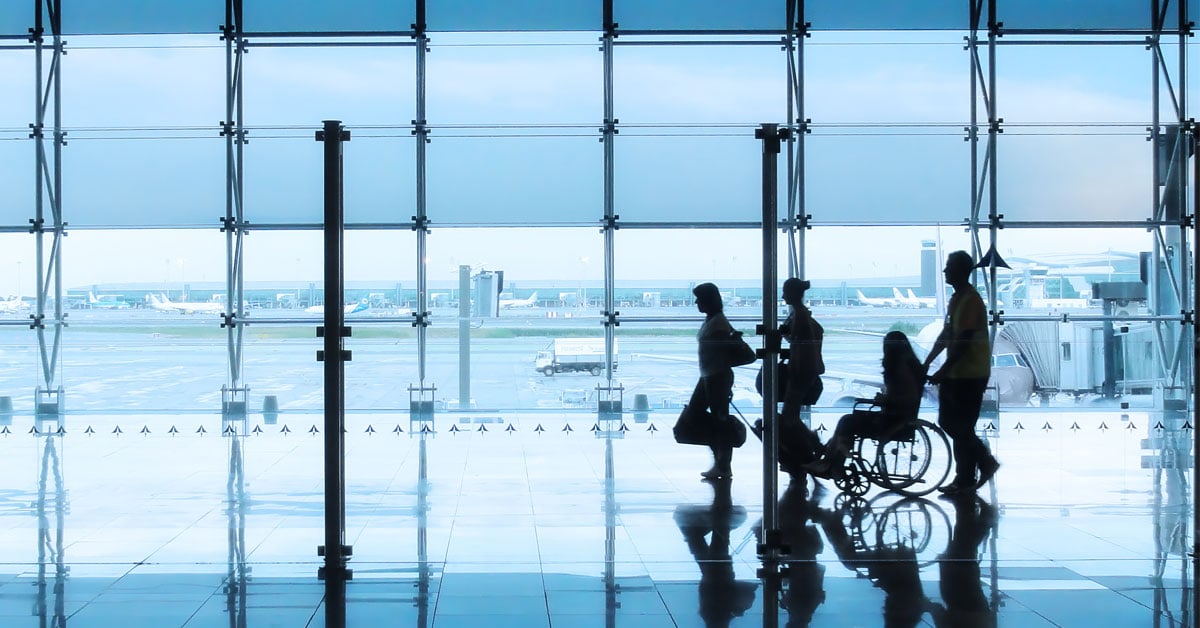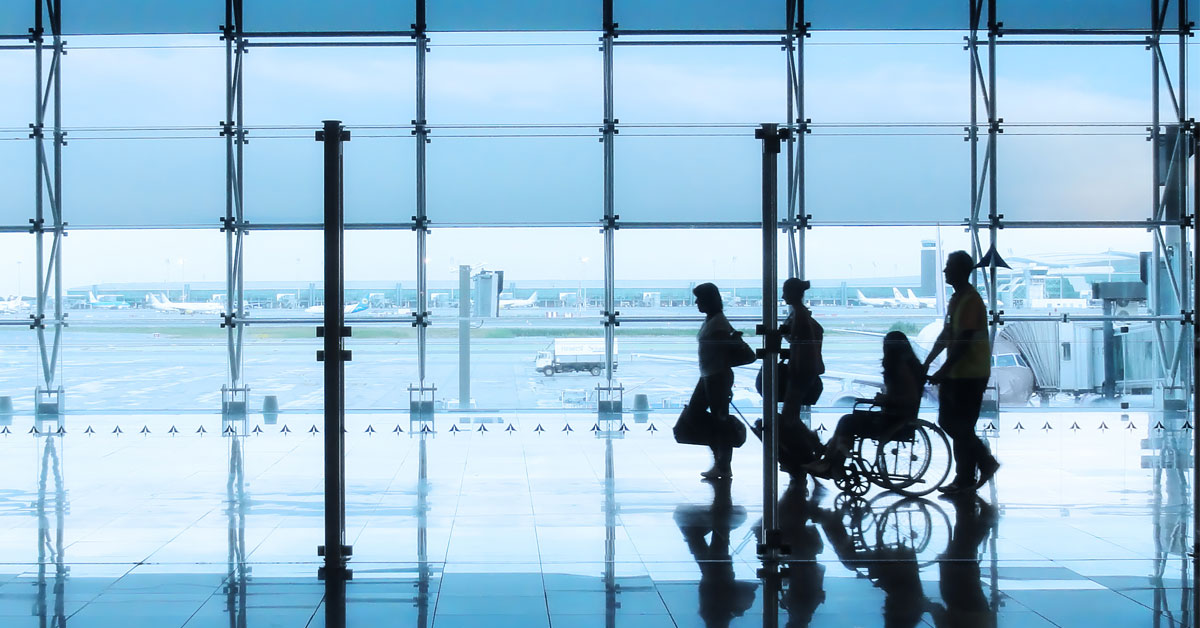
In commercial aviation the safe transition of passengers from point A to Point B is the number one priority – passenger safety is paramount and commercial aviation wouldn’t exist without this directive. Any failure to recognise this imperative can result in catastrophic commercial and reputational damage that is almost impossible to recover from.
In this arena it is often strange to see that the ability of commercial airlines to support the disabled community can often be variable. This is the case despite a number of drivers that point towards an increased vigilance when it comes to supporting those passengers with disabilities.
Firstly, commercial airlines are mandated in law by numerous worldwide aviation authorities to support the ability of disabled travellers to fly. The CAA for instance is clear that ‘special assistance’ is available to all passengers with a disability or reduced mobility; and airports and airlines must provide help and assistance, free of charge, to help ensure a stressful journey.
Secondly, and quite possibly the biggest driver, is the growth in air travellers with disabilities. The International Air Transport Association (IATA) has recognised this dynamic at their recent AGM indicating that “…the numbers of persons with disabilities travelling by air are set to increase significantly as populations expand and grow older.”
It is therefore interesting to see how commercial airlines are adapting to support disabled travellers with a number of interesting examples from around the world.
easyJet is an example of a leading exponent in this area. They are one of the safest airlines in the world to fly with and have a safety and risk team that monitors and controls all aspects of flight operations. They are supporting the development of easyTraveseat which aims to improve passenger experience for wheelchair users when they fly.
easyTravelseat is an in-situ transfer sling and seat designed to help wheelchair users transfer safely and comfortably into and out of aircraft seats and enhance overall passenger experience for wheelchair users. easyJet has verified the product for safe use onboard which makes the airline the first to approve such a product.
A video of the product in action is viewable on the easyTravelseat website.
The innovative product was designed by Josh Wintersgill driven by a belief of making aviation more accessible for people with physical disabilities.
easyJet’s data on those passengers requiring special assistance is reflective of an industry that sees that it must adapt to support all passenger types. In 2018 easyJet saw a 27% increase in passengers requiring special assistance in 2018 from the previous year and customer satisfaction amongst easyJet special assistance passengers was 82%, higher than all other passengers in 2018.
The company also established the easyJet Special Assistance Advisory Group (ESAAG) in 2012 to provide feedback and guidance on the services it provides to passengers who require special assistance. ESAAG has also had a role in wider easyJet projects, such as the consolidation of easyJet operations at London Gatwick into the North Terminal and digital developments such as improved information and advice, the on-going reconfiguration of the easyJet website and apps for booking.
Globally there are a number of other airlines recognised for their efforts in this area, including Air Canada, Continental Airlines, Qantas and Virgin Atlantic.
Australia’s national carrier, Qantas, is probably recognised as the best all round long haul service for disabled passengers, particularly wheelchair users. Full support is provided from check-in, with assistance provided throughout. Other features Qantas provides includes a reduced rate for the passenger and carer, seating for those with limited mobility near to toilets and service dogs welcome. Additionally A380, B744 and A330 aircrafts feature toilets that are wheelchair accessible.
Travelling on airplanes for many disabled passengers is not only an extremely stressful experience but it is often unsafe for both the individual and the airline’s operation. With the move by airlines to review and manage this passenger / airline risk more effectively and positively there is a greater likelihood that the industry will adopt and share protocols that will have a positive impact across the industry.
Further information can be found on a number of websites including www.caa.co.uk/passengers/prm/passengers-with-disabilities-and-reduced-mobility
Image by Gilmanshin (Shutterstock)

